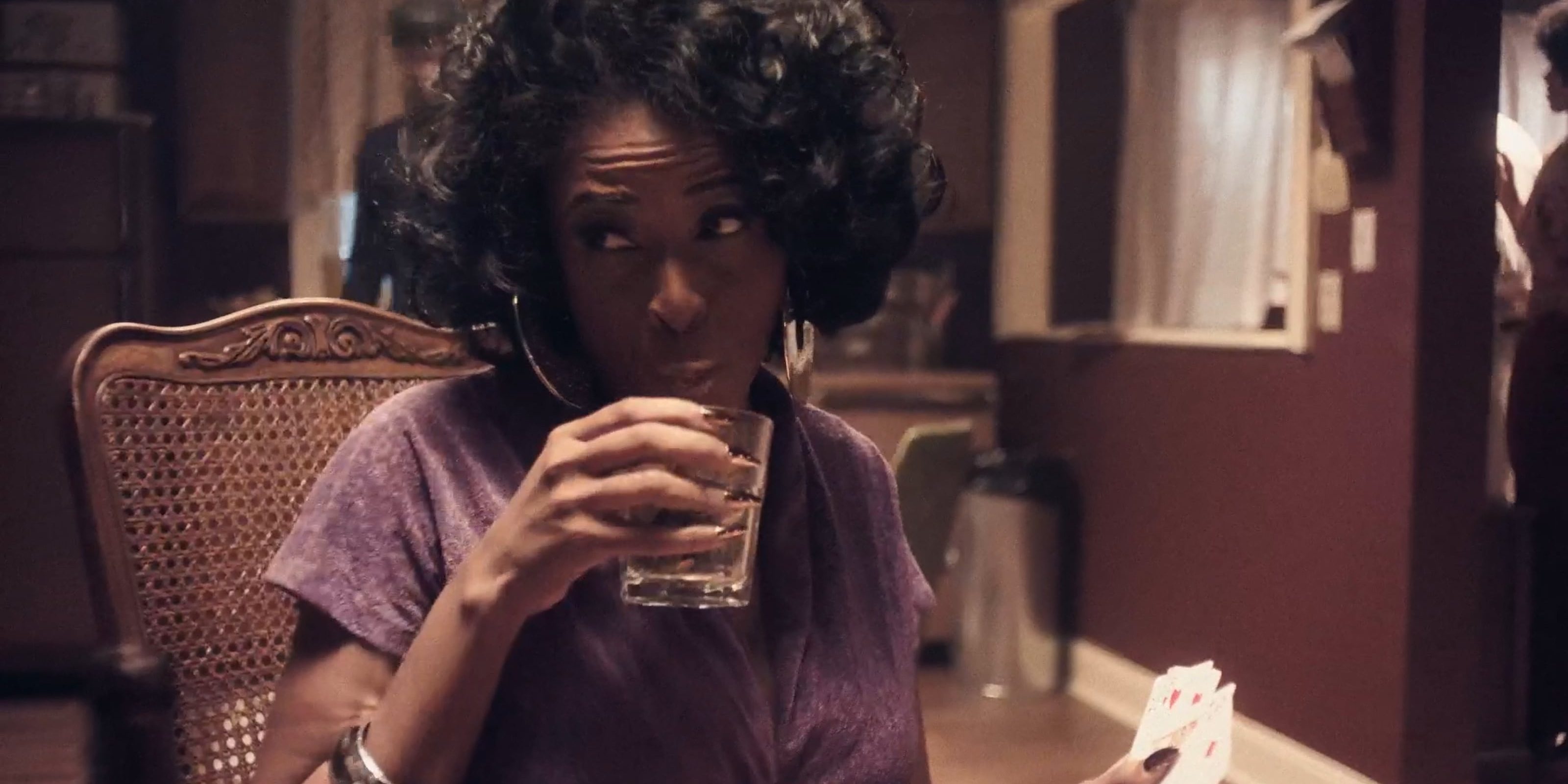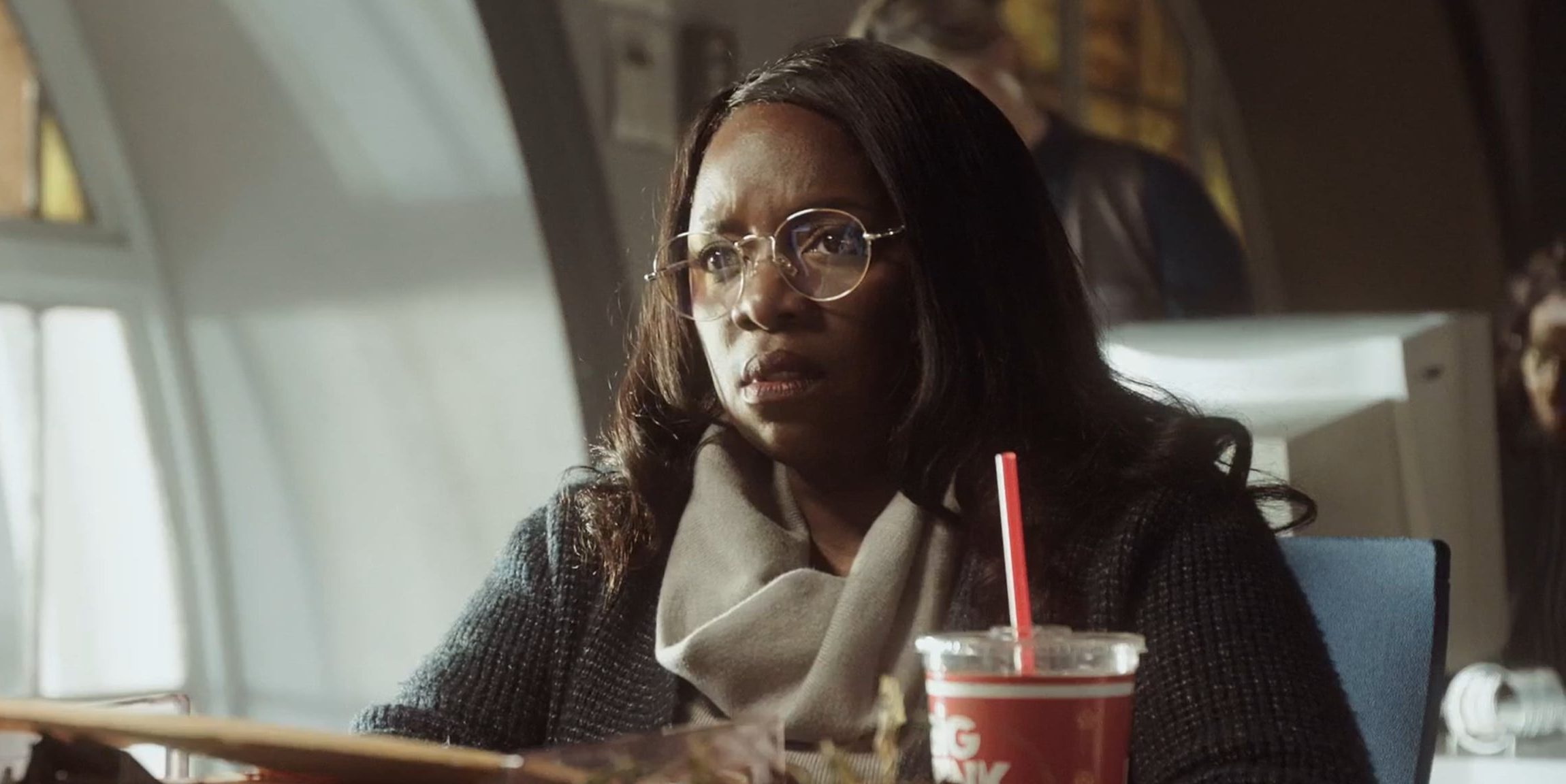‘Not My Family: The Monique Smith Story‘ follows the life and exploits of Monique Smith, a woman who survived years of torment at the hands of an abusive mother, only to realize they are not related. The discovery of her missing parentage shocks Monique to the core and is the topic of exploration within the Lifetime movie. Desperate to find answers, she embarks on a gigantic quest to figure out her real identity and family roots, which push her to explore different avenues. One such solution arrives in the shape of an investigative reporter named Stacia, who takes on Monique’s case and helps her construct a timeline of how she might have been taken from her original family. In her journey, she starts resenting her mother, Elizabeth, while also finding clues that lead her to her real biological mother.
Monique’s Two Mothers Hold Different Places in Her Heart
In ‘Not My Family: The Monique Smith Story,’ we witness how Monique was raised by Elizabeth, her mother, and a catalog of uncles, among whom two allegedly abused her sexually. Her time with Elizabeth was reportedly characterized by constant torment and beatings, which eventually led to her leaving the house when she was 18. While the Lifetime movie captures Monique’s life story with reasonable detail, some parts of the story, dialogues, and events are dramatized, including name changes to characters. This likely extends to Elizabeth, who is seemingly inspired by the woman who raised Monique. Her real name is likely different from Elizabeth. However, her interactions with Monique and the manner in which she treats the girl are based on Monique’s experiences with her non-biological mom.

In an interview, Monique described how she felt alienated as a child because of the antics of the woman who raised her, saying, “I was already disconnected from her and my childhood. This was a woman who, if I would walk into a room, she would throw something at my head for no reason whatsoever.” She stated that she tried to get her arrested, but it never quite worked out despite the allegation of false documents. The film showcases these things quite accurately through Elizabeth’s character. On the other hand, Monique’s biological mother is called Margaret within the narrative, which is also the real-life name of her biological mother – Margaret Conyers. In reality, Monique was able to get in touch with one of her biological sisters after getting help from a genealogist named CeCe Moore. Through her, she learned more about Margaret.
Margaret Conyers was a mother of seven kids who lived in the Bronx area of New York. According to Monique, she “was a teenage mom” who was also likely a runaway. She believes that her biological mom likely never returned to school after a certain age. Margaret reportedly passed away at the age of 34 due to a drug overdose. One of the mysteries Monique lives with to this day is the exact circumstance that led to her being taken in by another family. She does not know if her biological mother played a role in her “abduction.” The woman said, “Did my mother play a role? Did she not play a role? Did my mother know? Did she not know? Was it something that they agreed to? I don’t know what happened.” However, in the movie, her biological sister assures Monique that when she was alive, Margaret loved and thought about her missing daughter all the time.
Stacia is Likely Inspired By Someone Who Helped Monique Find Answers
As mentioned above, ‘Not My Family: The Monique Smith Story’ plays with character names to come up with a different reality that breaks away from the truth in places. However, for the most part, it still delves into the overarching details of Monique’s story with a fair degree of accuracy. To that end, the character of Stacia, who is an investigative reporter trying to help Monique discover the truth, is likely inspired by a reporter from The Baltimore Banner. The reporter helped Monique receive the first copy of her birth certificate by connecting her with the Vital Records office in New York. While the links between the characters are vague, they showcase how Monique had to seek support from different channels just to find out who her parents really are and where she comes from.

In the movie, Stacia follows Monique as she questions a wide variety of people from her childhood, hoping she can discover something that might lead her back to some concrete answers. However, it proves to be tricky because of the lack of information they are dealing with and the fact that they know nothing about Monique’s past life. While her collaboration with Stacia is the first of many steps towards shedding more light, the real breakthrough takes place when she is contacted by a Maryland detective who gets her in touch with a genealogist named Trinity. In real life, this genealogist was CeCe Moore. Thus, the film conflates different pieces of reality while also dramatizing some elements to construct a smoother narrative that helps convey the message.
Read More: Monique Smith’s Family: Where Are They Now?


